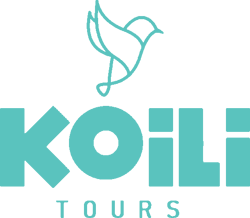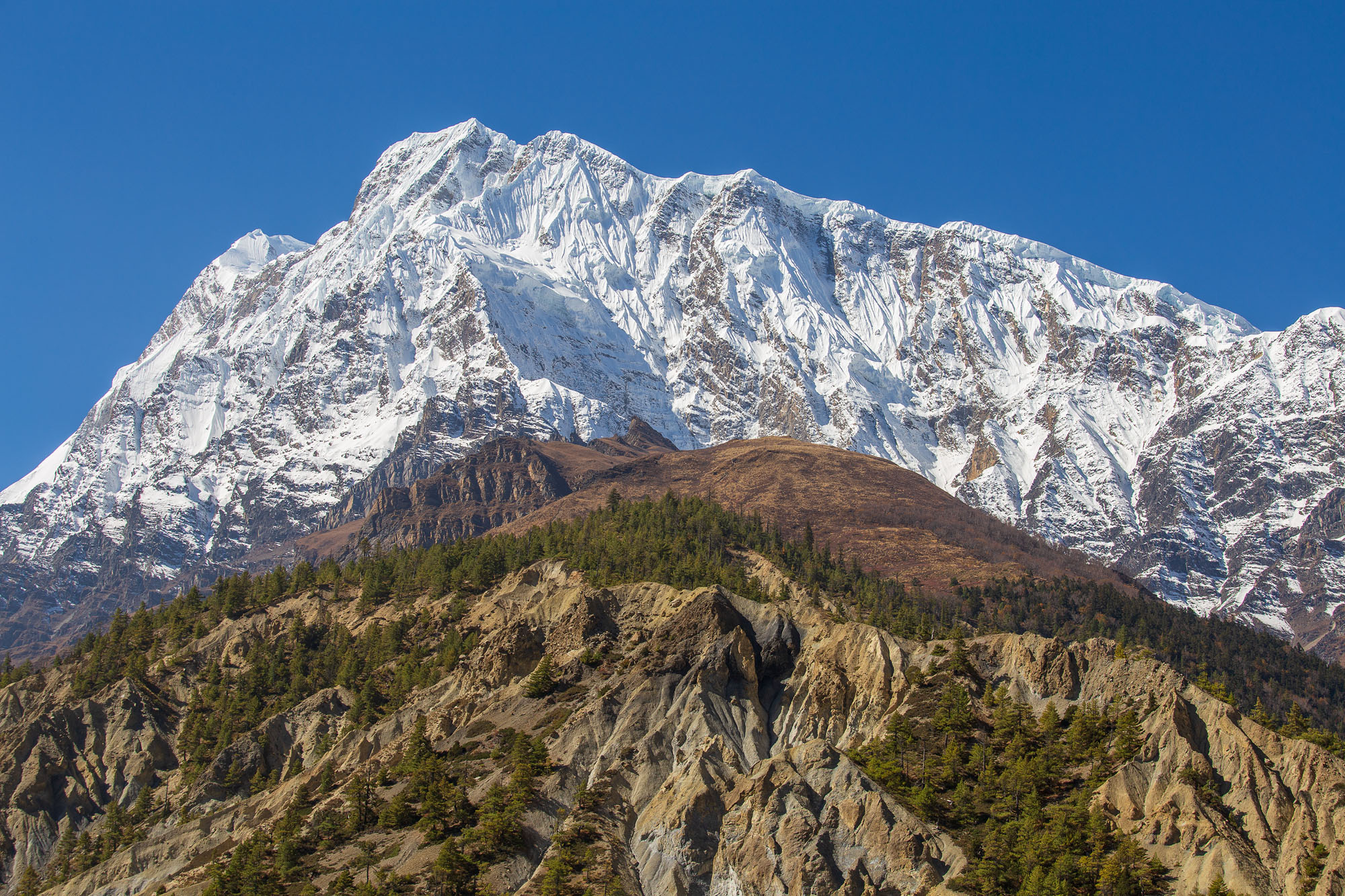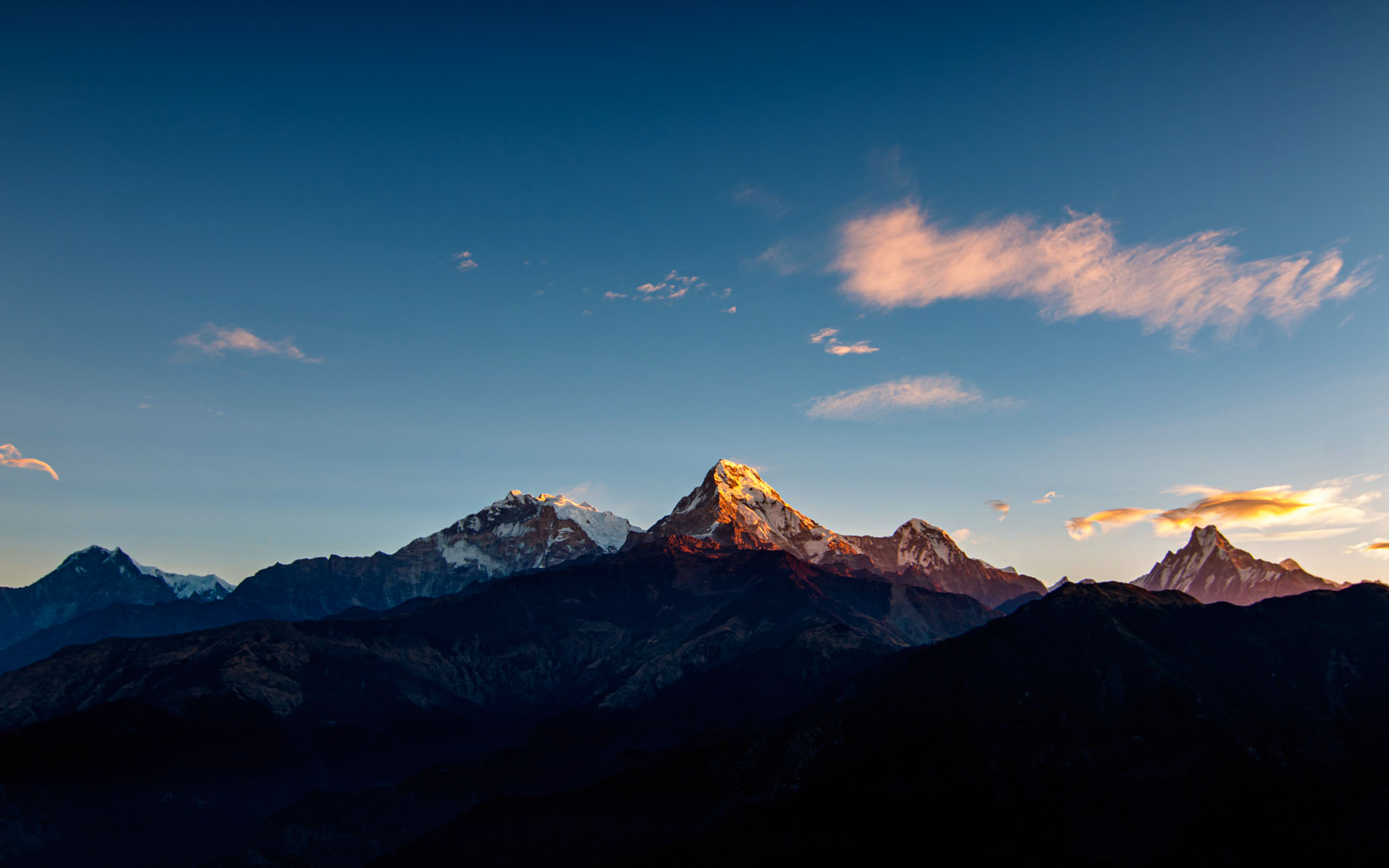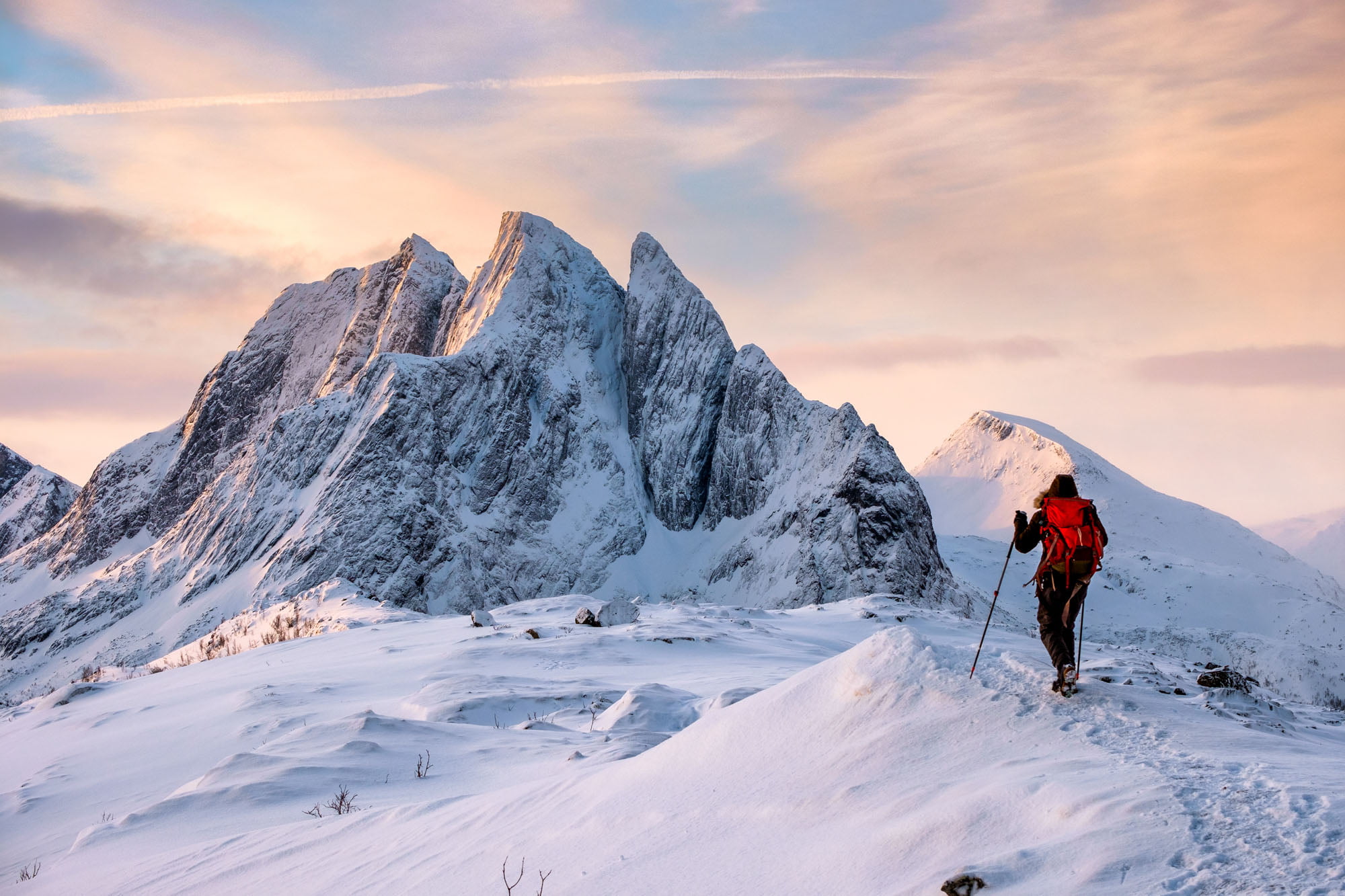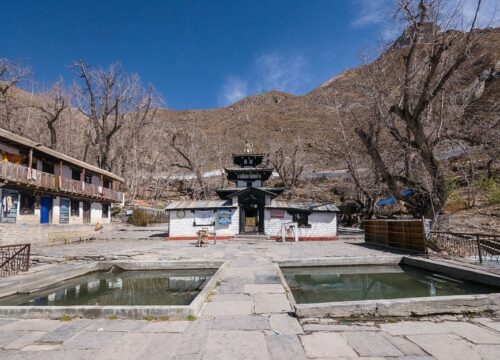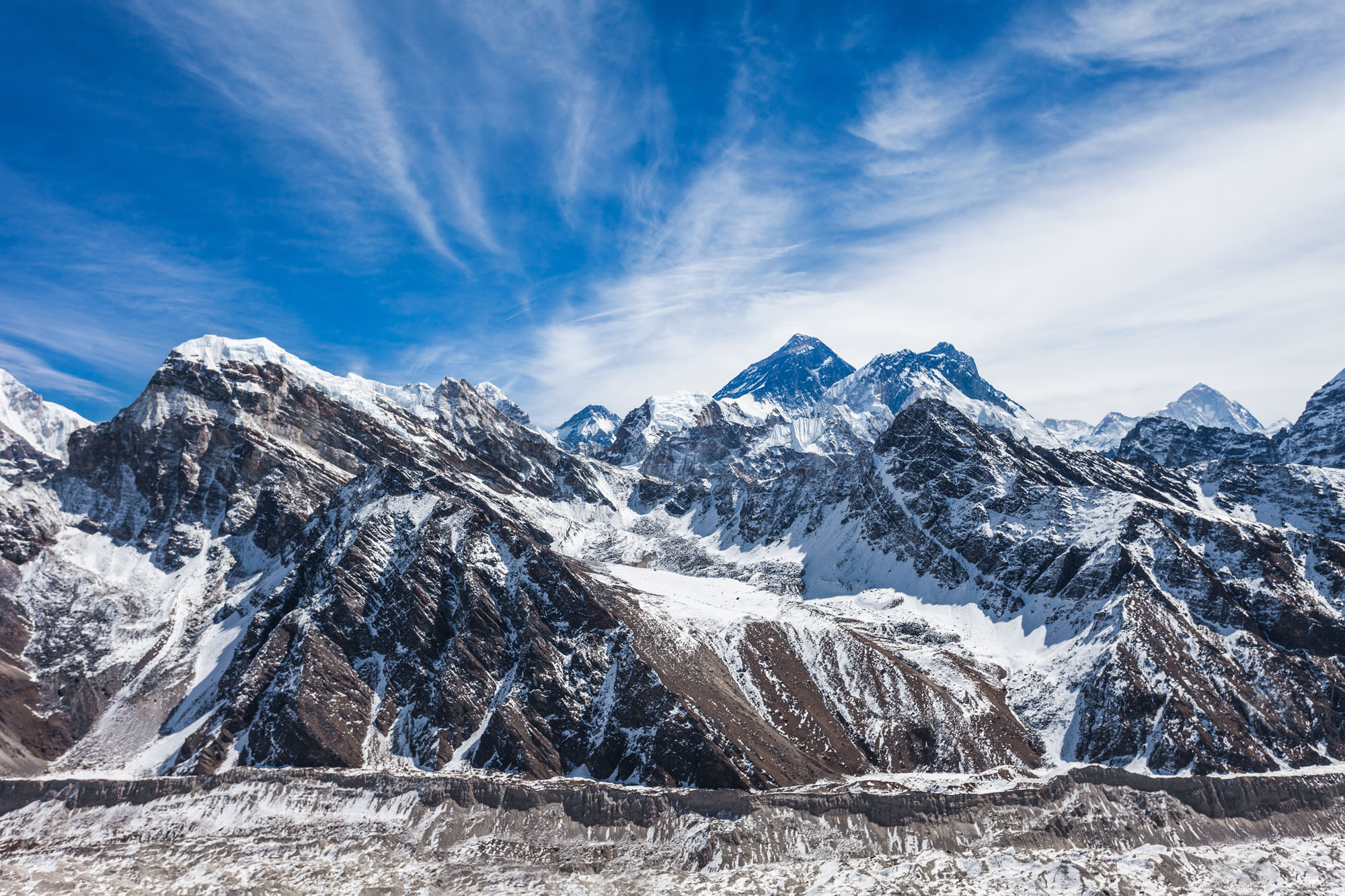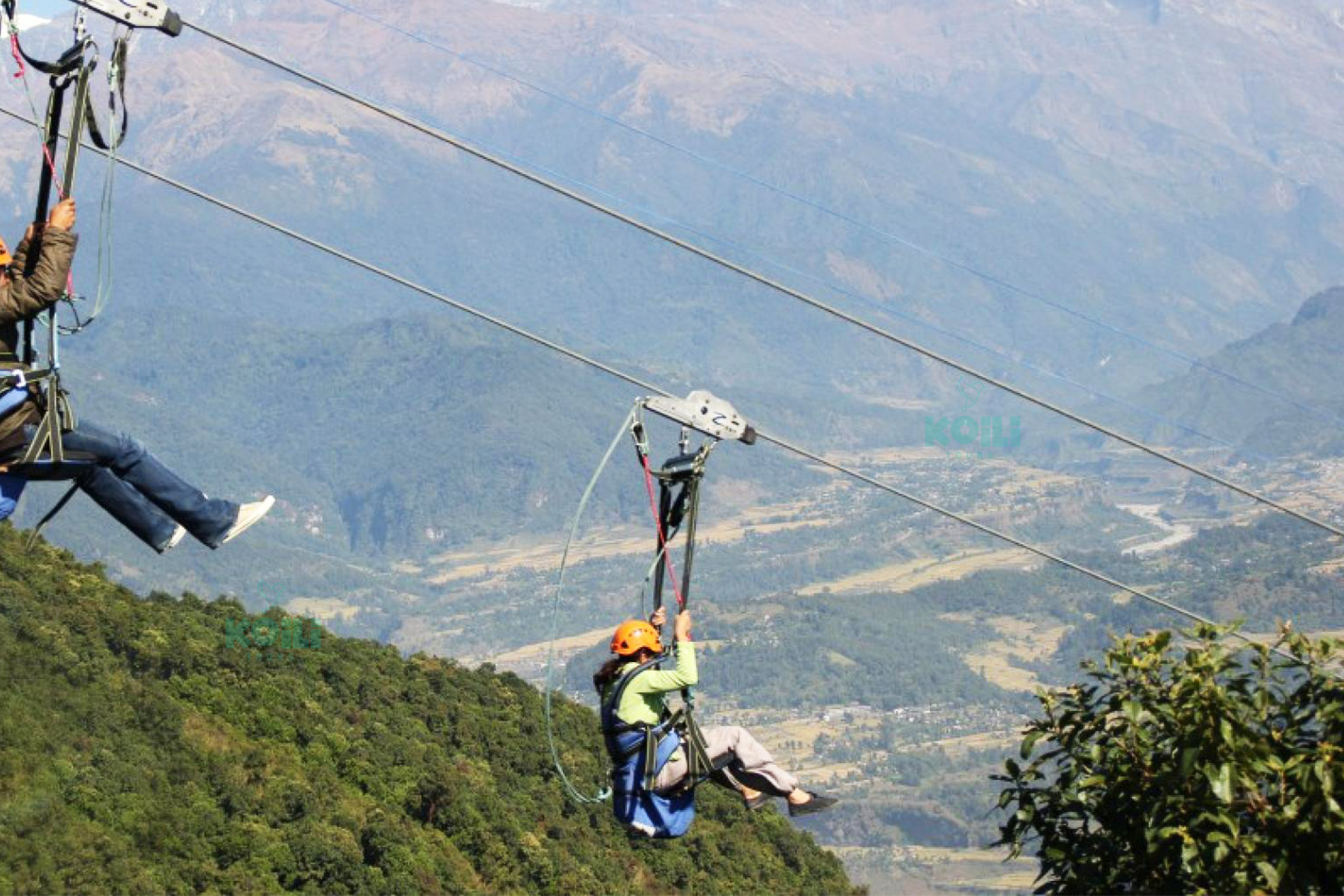Nar Phu Valley Trekking
Explore Tours
Explore the hidden valley of Nar Phu and trek along the “off the beaten path” crossing through challenging high passes of Kang La and Tilicho Pass. A fantastic journey in a wild and unexplored area located north of Annapurna: the Nar Phu Valley. This trek is perfect for travelers who want to discover the Annapurna circuit as well as explore an untouched valley. A rough and wild trek, this trek takes you to the exotic Nar Phu valley that lies in the remote corner of the Annapurna region. Opened to visitors only in the year 2003, the Nar Phu valley remains untouched by modernity. The inhabitants, who roughly comprises of about 350 Nepalese Tibetans, have retained their age old practices. Most of them are engaged in yak herding and farming.
This trek also offers fantastic views of the Annapurna massif, Lamjung Himal, Machhapuchhre Himal, Manaslu Himal, Dhaulagiri range and Tilicho peak. As the trekking route is frequented by few trekkers, you can look ahead for a ‘just the mountains, nature & us’ experience.
Day 01: Arrive Kathmandu
Day 02: Sightseeing to Swayambhunath, Kathmandu and Patan
Day 03: Kathmandu drive to Beshi Sahar (820m) then Bhulbhule (840m)
Day 04: Bhulbhule trek to Jagat (1330m)
Day 05: Jagat trek to Dharapani (1960m)
Day 06: Dharapani to Koto (2640m.)
Day 07: Koto trek to Dharmasala (3230m)
Day 08: Dharmasala Trek to Kyang/Kang (3740)
Day 09: Kyang trek to Phu village (4050m)
Day 10: Explore around Phu Valley
Day 11: Phu Gaun trek to Junam (3680m)
Day 12: Junam trek to Nar Village (4110m)
Day 13: Explore Nar village
Day 14: Nar Village Trek to Kang La Phedi / Base Camp (4530m)
Day 15: Kang La Phedi trek Ngwal over the Kang La Pass (5240m)
Day 16: Ngwal trek to Manang (3540m)
Day 17: Acclimatization in Manang (3540m.)
Day 18: Manang trek to Khangsar (3734m)
Day 19: Khangsar to Tilicho Base camp (4150m)
Day 20: Base Camp trek to Nama Phug (3510m) over the Masokanto La (5121m)
Day 21: Nama Phu trek to Jomsom (2713m)
Day 22: Jomsom Flight to Pokhara (850m)
Day 23: Drive to Kathmandu by tourist bus
Day 24: Sightseeing to Boudhanath, Pashupatinath and Bhaktapur
Day 25: Leisure day in Kathmandu
Day 26: Depart Kathmandu
The Trekking Day
While you are on trekking, days begin with breakfast at the tea house you stay, you will need to pack up your duffle bags / trekking bag before breakfast, as porters will set off early. After breakfast approximately 2-3 hours of trekking you take a break for lunch somewhere in the trail. After a relaxing lunch, you typically spend around 2-3 hours or even more sometimes on the trail before reaching your stopping point. Throughout the day, you will take frequent rest beaks and take time to admire the fascinating mountains views. You take plenty of pictures of yourself with incredibly panoramic mountains, rivers, landscapes, prayer flags, temples, shrines, cairns, monasteries, etc. Once you arrive at your teahouse, you take a brief rest or simply relaxing with a book and catching up on your diary. Dinner is generally around 7pm.
What you carry
Your baggage is restricted to 25kgs in two people. The duffle baggage is carried by porters and is not available to you during the day. Your daypack should contain all that you need during the day. This generally consists of warm clothing, water bottle, camera gear, sunscreen, lip salve etc. Your guide will let you know each evening of any extra items you will need for the following day. If you have a comfortable daypack you load will only be a few kilograms and hardly noticeable.
Food
Kathmandu part we includes breakfast but trekking we includes three meals (Breakfast, Lunch and Dinner) a day in tea house / lodges that you can choose from teahouse / restaurant menu but if you are on big group at that time your guide / team leader will choose the food for you. Meals are generally available Nepalese and continental on different taste in everyplace but you have to eat the meals in same tea house where you are going to staying at night but if you are staying in tented camp (Camping) then our cook prepare food and provide to you.
Accommodation
Accommodation in Kathmandu is on a twin share basis with private facilities. Whilst trekking accommodation is in Trekkers lodges / teahouses and is of a basic (normal) standard. Twin Rooms or multi share with basic shared toilet facilities. Hot Showers are available in some places but they will charge directly to client when they ask for hot shower and if you wish to book tented camp (Camping trekking) instead of teahouse we will provide two men tent for two people to share the accommodation on tent camp.
Transportation
Transportation within Kathmandu valley is done with Cars or Jeeps, Van, Hiace, Coaster bus, Mini bus, Coaches depending upon the group size. In trekking region, transportation mean is hiking and in some cases Yaks / horses / mules / donkeys are used for baggage carriage. In this trekking route, hiking is the major mean of transportation while your baggage will be carried by porters and/or animals.
Trekking Staff
The Guide is in overall charge of the trek and looking after you. This is the person you should go to with all problems, concerns and questions. All our guides are trained in all aspects of trekking, conservation, high altitude medicine, and first-aid and emergency procedures. They are professionals selected for their knowledge and passion for Nepal and its peoples, remember they are local guides and their English may be basic and limited to trek-related topics.
Porters
Transport your duffle bags / rucksack – one porter for every two trekkers in Tea house trekking and camping (Tented camp) trekking it is depend on luggages/equipments that we need for your camping trekking.
Trek Grading
it is impossible to have a ‘foolproof’ grading system as everyone has different expectations and perceptions of their own fitness level. Remember that no trek in the Himalaya is a stroll as all involve going up and down at altitude and that altitude affects everyone differently. Regardless of age or fitness, preparation before you arrive is essential. Aerobic activity, swimming, cycling or brisk walking is recommended or, at the very least, walk up and down stairs in your trekking boots but some can do this trekking without did any preparation of trekking.
Money
It is best to bring a mixture of cash and traveler’s checks in major currencies-In Nepal, some of the currencies are banned for conversion and you must find the convertible currencies in Nepal. USD, CAD, EUR, and AUD are generally convertible. Ensure you have a mixture of large and small denominations.
You should exchange enough money into Nepalese Rupees to last the entire time of your trek before leaving Kathmandu. You can find the money exchange counters near your hotel and there are no exchange facilities in villages / trekking trails.
Tipping
Tipping is a personal and voluntary matter and tips are not included in the trip price but who will working for you they are expect the trips so you can give trips directly to them at end of your trekking / tours and tipping is not any limitation so you can give trips as much you like if they will make you happy.
Insurance
your Travel insurance is not included in the trip price. It is essential that you take out comprehensive travel insurance prior to your trek. Your travel insurance must provide cover against personal accident, medical expenses, emergency evacuation and repatriation (including helicopter evacuation) and personal liability. We also recommend that it cover cancellation, curtailment and loss of luggage and personal effects but our company is included trekking crews’ against personal accident.
Health
There are no specific health requirements for travel into Nepal. However, for the trekking in Himalayas, you are in excellent health with average physical fitness and have positive attitude, self confidence and strong determination, you can accomplish this trek successfully but you should consult your doctor for up-to-date information regarding vaccinations, high altitude medication and medications for any reasonably foreseeable illnesses whilst traveling in Nepal. Some part of trekking have a small health post for emergency treatment with limited equipments, limited health workers and medication. Be aware that some drugs, including anti-malarial, have side effects at altitude. Please discuss this carefully with your doctor.
Please be aware that you will be in remote areas and away from medical facilities for some time during this trip. We strongly recommend that you carry a personal First Aid kit as well as sufficient quantities of any personal medical requirements (including a spare pair of glasses).
Altitude Sickness
AMS (acute mountain sickness) is a serious issue. It is the result of the failure of the body to adapt to high altitude and can affect anyone, regardless of age or fitness. It usually occurs above 1,800 meters and the likelihood of being affected increases as you ascend. The way to reduce the affects of altitude is to ascend slowly, 300 meters per day above 3,000 meters until you have acclimatized. Poor acclimatization results in headache, nausea, sleeplessness, difficulty breathing and swelling of fingers and glands. The only cure for AMS is to descend to lower altitude and your guide’s decision on this matter is final. When you are planning to trek above 3,000 meters we recommend not walks faster. If you will get altitude sickness please consult with your guide to go down at least 500 meters to recover.
Nepal Visa
Multiple entry visas are available on arrival at Kathmandu airport and all land borders except the citizens of Nigeria, Ghana, Zimbabwe, Swaziland, Cameroon, Somalia, Liberia, Ethiopia, Iraq, and Palestine, Afghanistan. Multiple entry visas can be obtained from the immigration points costing US Dollars 25 or other convertible foreign currency equivalent thereto for 15 days multiple entry visas, US Dollars 40 or other convertible foreign currency equivalent there to for 30 days multiple entry visa, US Dollars 100 or other convertible foreign currency equivalent thereto for 90 days multiple entry visa.
Packing for your Trekking
you will need to bring a comfortable medium sized daypack to carry the things you will need during the day. This should have a waist strap or (better) a padded waist belt.
- Walking shoes / trekking boots
- Socks, several pair of heavy wool outer socks and a few pairs of nylon inner socks.
- Some pairs of Pants, shirts, T shirts
- Skirts med-calf to above the ankle
- Worm sleeping bag and jacket
- Water bottle and Trekker’s bag
- Flashlight
- Toiletries ( soap, towel , toothbrush, washcloth ,paste , Comb and shampoos )
- lighter and Sunglasses
- Umbrella, raincoat ( monsoon season )
- Hand bag / day bag
- Walking shoes with new waffle soles(monsoon season)
- Waterproof jacket.( monsoon season)
- Plastic sheeting for covering the bag ( monsoon season)
- Shaving paraphernalia for men
- Woolen hat (high place or snowy place)
- Woolen sweater or down jacket (high place or snowy place)
- Woolen long Underwear (high place or snowy place)
- Good Trekking boots (high place or snowy place)
- Sun cream and Sandal for night
- Some other worm cloths .
- Some dry food
Included/Exclude
- Airport pick up and airport drop by private transportation
- Twin sharing accommodation in Kathmandu with breakfast
- Historical monuments cities sightseeing with tour guide
- Sightseeing transportation by Non A/C comfortable vehicle
- Sightseeing entrance fees for historical cities sightseeing
- Kathmandu to Bhulbhule overland transportation by mini bus
- Government license holder trekking guide /leader for the team
- Clients trekking accommodation on tented camp (Two men tent share on two people)
- Staff: Cook, Sherpa, Kitchen boy and necessary porters
- Trekking meals: our own cooked meals (thee time a day - Breakfast, lunch and Dinner)
- Trekking equipments: (Two Men Tents, Dining Tents, Toilet Tent and mattress)
- All necessary kitchen equipments and necessary things for camping arrangement
- Annapurna Conservation area project entry fee / Entry permit
- Nar Phu Valley Special Permit & TIMS card
- Jomsom to Pokhara flight tickets and airport taxes for guide and guests
- Way expenses to bring trekking crews and equipments from Jomsom to Kathmandu
- Insurance for Nepalese Camp staff (Guide, Cook, Sherpa, kitchen boy & Porters)
- Twin sharing accommodation in Pokhara with breakfast
- Pokhara to Kathmandu overland transportation by tourist bus
- Nepal Government taxes and Office service charge
- Lunch and Dinner during the stay in Kathmandu and Pokhara
- International or domestic air tickets and airport taxes - Except Jomsom to Pokhara
- Nepal entry visa fee US$ 25 (duration 15 days ) and US$ 40 (duration 30 days )
- Personal trekking equipment s and Clothing
- Wire Transfer charge or Credit card service charge as company rule
- Alcoholic beverages, laundry, Telephone calls and all type of hot drinks in teahouse
- Soft drinks such as cola, mineral water etc
- Personal nature expenses and Tipping (Tips)
- High risk medical / travel insurance and First aid kit
- Hot shower charge if you wish to use shower in teahouse
- Emergency rescue evacuation (if needed)
- Any other things not mentioned
